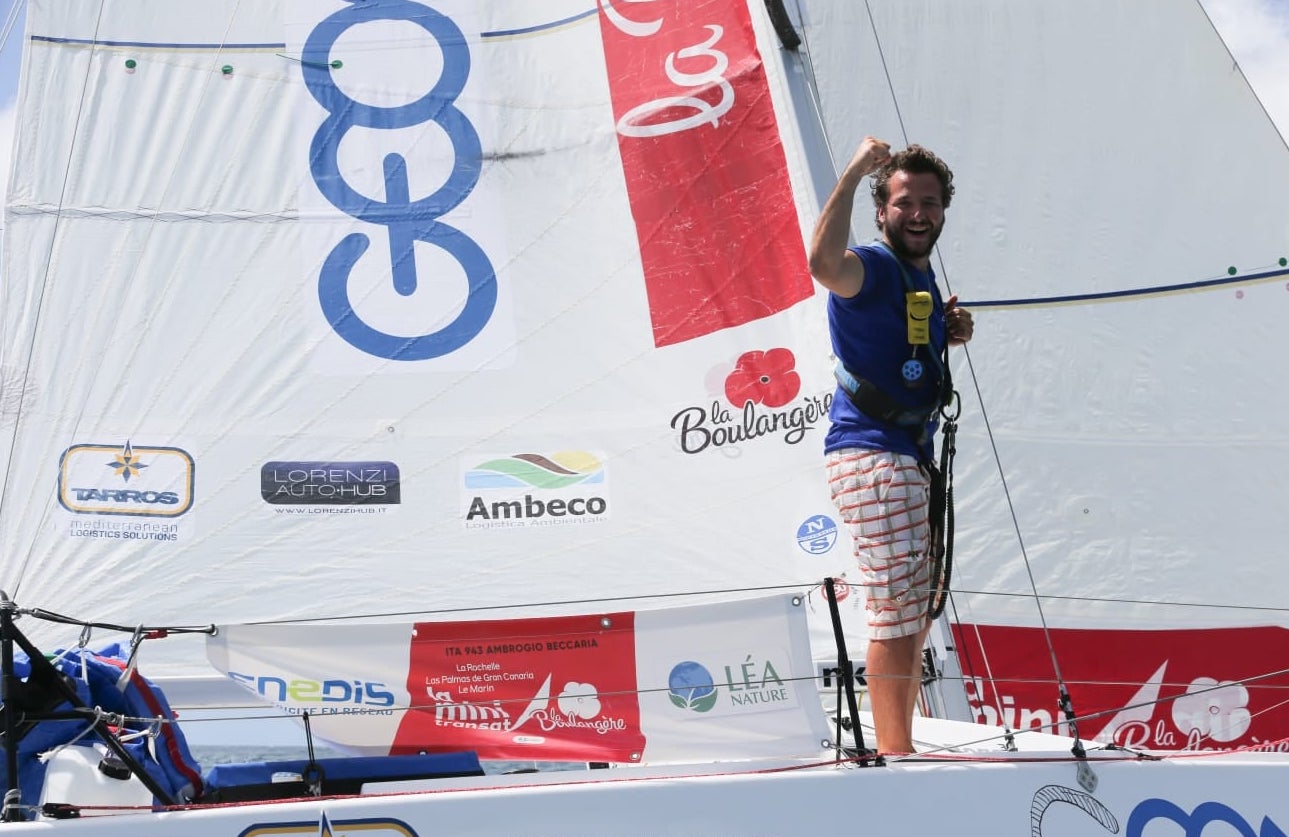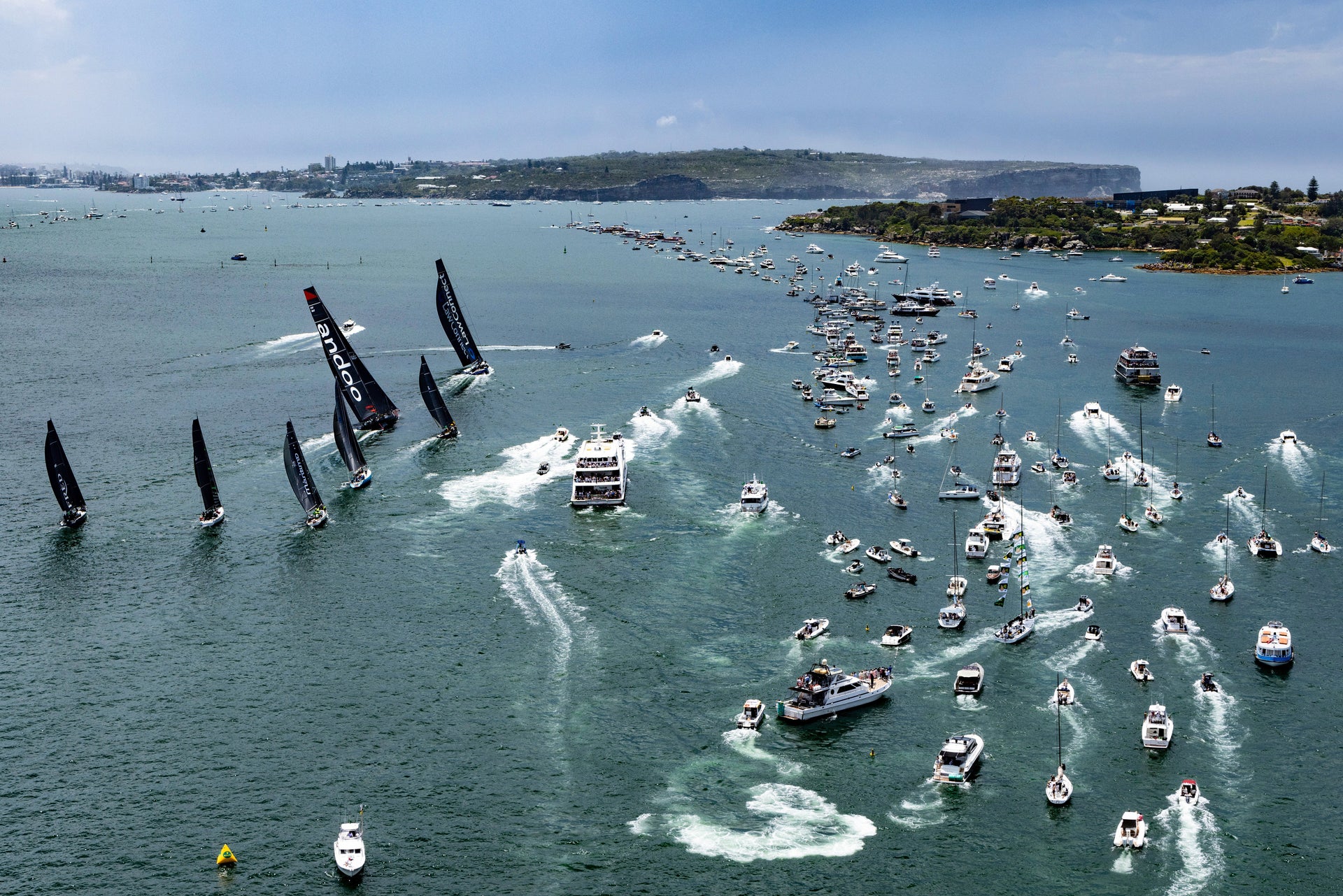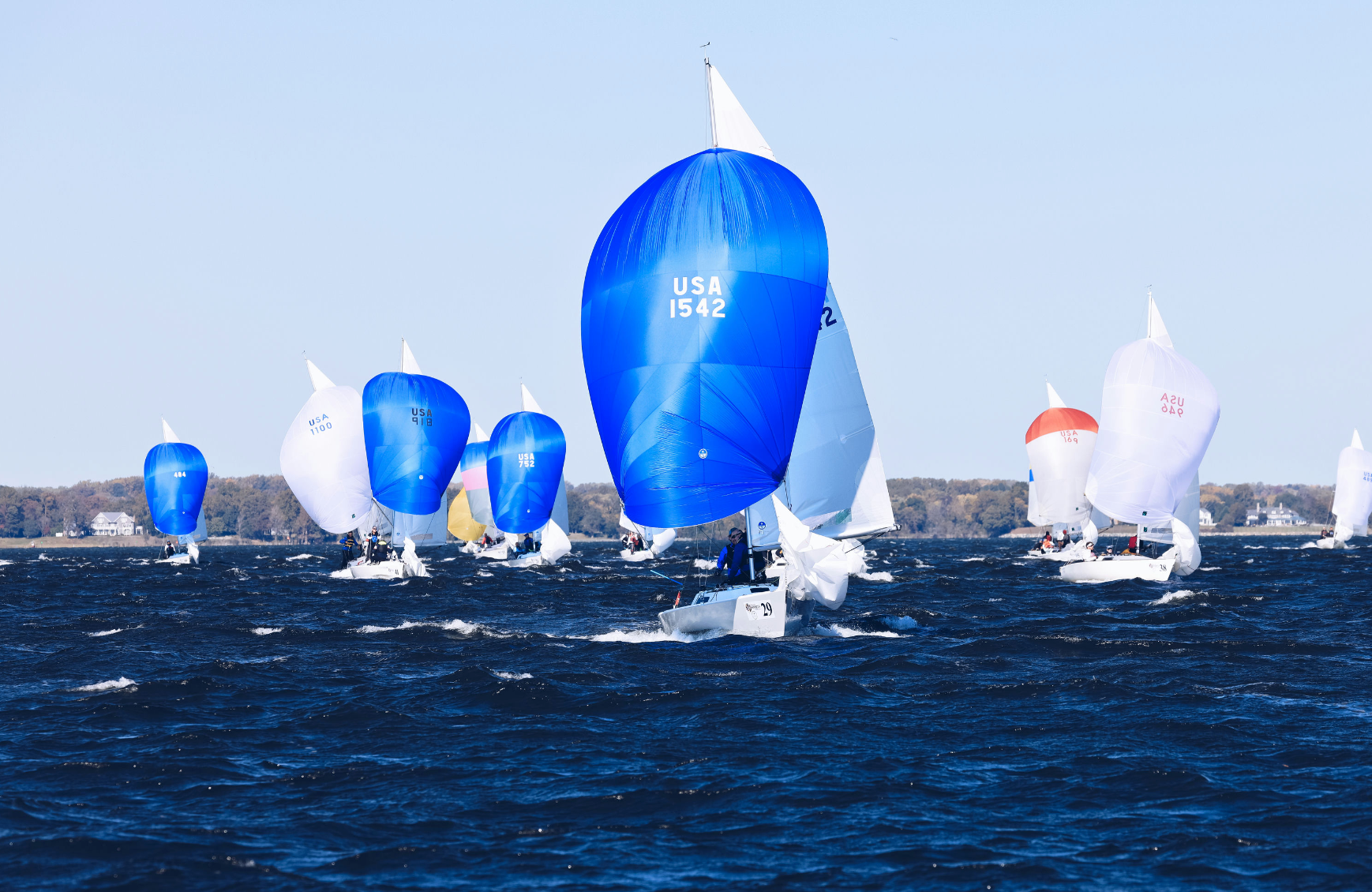#NSVICTORYLIST: MINI-TRANSAT LA BOULANGÈRE
#NSVICTORYLIST: MINI-TRANSAT LA BOULANGERE
Client Ambrogio Beccaria Wins MiniTransat Cruising Division

Italian Ambrogio Beccaria is a twenty-eight year old nautical engineer, and he has completed the Mini-Transat after 13 days, 1 hour, and 58 minutes to win the cruising division and finish third overall. Ambrogio, onboard his Pogo 3 Geomag never lost command of his fleet, and he even found himself in the lead overall after choosing an impeccable racecourse. We interviewed Ambrogio after the finish to find out more about his program and why he chose North Sails to power his vessel across the ocean.
“Sail development performances and speed are the part I’m most interested in these regattas,” he explains. “That’s also why I chose to sail a cruising boat because they are simple, but they are the ones where you can develop many aspects, including sails. I had also used North Sails in the previous Mini-Transat, and after moving to Brittany, France, I was able to work constantly with the sailmakers.”
How did you develop your sail program?
“After the first few miles with the first sail wardrobe, we started working on a second generation. Collecting photos and videos, we discovered some very interesting things. My boat is swift, but its aft shape has something like a motorboat deflector. When the sea state is up and from behind, it tends to put the bow in the water and can become dangerous. We designed a much flatter spinnaker so that I could sail at a higher angle. That choice turned into a winner!”
What inventory did you carry?
“Three gennakers, a Code 0, and a small heavy wind spinnaker that could be very reliable and fly as long as possible. With more than 20 knots of breeze, I can sail deep, down to 150 degrees TWA. For the mainsail and genoa, we used 3Di polyester because the mainsail must be Dacron, and the jib cannot have exotic fibers.
For the Solent jib, 3Di was a revolution—seven boats in the first ten hoisted this sail. I didn’t choose a square head; some had a sail so large in the head that they had to lower it by 40 centimeters to tack. Compared to my setup, I would say that they did not have good VMG upwind.”

How did you manage the sails?
“At the start, I risked breaking the bowsprit. After that, I went back to what my coach Tanguy Le Glatin said; be the first to reduce the sails when there is too much wind, and then the first to hoist the sails, before the others. I pushed the boat hard with my bigger spinnaker, and it was there that I got in front of the prototype boats.”
Are you satisfied with your results? Is the boat that won the prototype class that much faster?
“On paper, the prototype which won his class goes much faster. But the prototypes are a lot less reliable. As soon as the conditions get tough, the skipper is often fighting to save the boat. Sailing at 20 knots makes you fear for the bigger blows you take on the hull. It’s complicated to know when to give it that gas and stay powered up, and when not to.”
What are your impressions of the prototype that is equipped for foiling?
“The prototype has some very special T-shaped foils with supporters on the rudders, and the original idea was to fly completely. Unfortunately, he had a problem with the forestay and was unable to push as hard as he wanted. They ended up in fourth, but very far from the podium. The DNA of the mini-prototype class is still experimental. The idea is to facilitate the foiling, which is now limited by the maximum width of three meters in port, so the foils must retract completely. Once this limit has been removed, it will be easier to push towards performance, as the Imoca boats do.”
What are your plans for the future?
“My current plan for the future is getting involved in a Class 40 project and competing in the 2023 world tour. I’m interested in the construction of the boat and will follow this new project personally. I’d love to succeed.”
Learn more about Ambrogio’s Geomag. Learn more about Ambrogio’s sailing success.



























